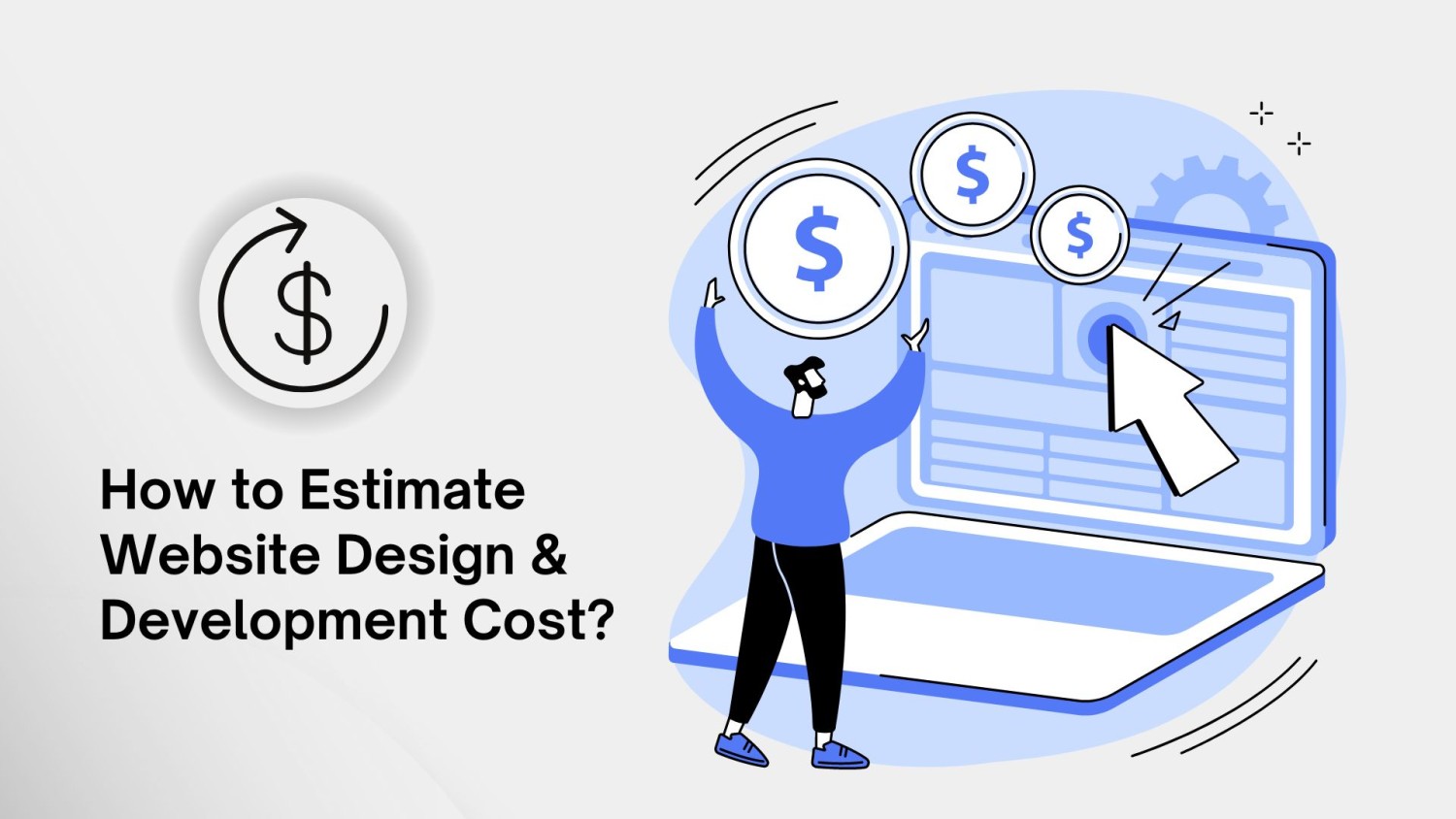
How Much to Price Your Freelance Web Design Services
Are you a freelance web designer looking to set the right price for your services? Pricing your freelance web design services can be a challenging task, as it requires a balance between your skills, market demand, and client expectations. In this comprehensive guide, we will walk you through the process of determining the perfect pricing strategy for your web design services. Whether you're just starting in the field or are a seasoned pro, these insights will help you maximize your earnings while delivering value to your clients.
Understanding Your Costs
Calculating Overhead Expenses
Before setting your freelance web design rates, it's essential to understand your costs. Start by calculating your overhead expenses, which include software subscriptions, office space, equipment, and any other fixed costs. Divide these expenses by the number of projects you intend to take on in a year to get an estimate of how much each project should contribute to covering your overhead.
Factoring in Time and Labor Costs
Additionally, factor in your time and labor costs. Determine how many billable hours you can work in a week, keeping in mind that not all your working hours will be billable. Calculate how much you need to earn to cover your living expenses, taxes, and savings.
Researching the Market
Competitive Analysis
Research your competitors in the freelance web design industry. Look at their pricing structures, services offered, and client testimonials. Analyze how your skills and experience compare to theirs, and use this information to position yourself in the market.
Identifying Your Niche
Identify your niche within web design. Specializing in a particular industry or type of website can allow you to charge higher rates due to your expertise. Research the demand for your niche and adjust your pricing accordingly.
Pricing Models for Web Design
Hourly Rates
Hourly rates are a common pricing model for freelance web designers. Calculate your hourly rate based on your cost calculations. Keep in mind that clients may be concerned about unpredictability when billed hourly, so be transparent about your working process.
Project-Based Pricing
Project-based pricing involves quoting a fixed price for the entire web design project. This can provide clarity for clients and help you manage your workload effectively. Ensure your price accounts for both your time and expenses.
Value-Based Pricing
Value-based pricing focuses on the value you deliver to the client. Understand the specific goals and outcomes your client expects and price your services based on the perceived value of achieving those goals.
Setting Your Rates
Balancing Profitability and Affordability
Striking a balance between profitability and affordability is crucial. Aim to provide fair prices that reflect your expertise while ensuring your clients feel they are getting value for their investment.
The Psychology of Pricing
Consider the psychology of pricing. For example, setting prices just below round numbers (e.g., $99 instead of $100) can make your services seem more affordable. Experiment with different price points to see what resonates with your target clients.
Communicating Your Value
Crafting a Compelling Pricing Proposal
When presenting your pricing to clients, focus on the value you will provide. Explain how your services will solve their specific problems and contribute to their success. A well-crafted proposal can justify your rates.
Demonstrating Your Expertise
Highlight your experience, portfolio, and successful projects to demonstrate your expertise. Clients are often willing to pay more for a seasoned professional who can deliver results.
Handling Price Negotiations
When to Stand Firm
While negotiation is common, there are times when you should stand firm on your pricing. If a potential client's budget is far below your rates, it may be best to politely decline the project.
Win-Win Negotiation Strategies
When negotiating, seek win-win solutions. Offer alternatives or additional services to accommodate the client's budget while maintaining your value. Finding middle ground can lead to successful collaborations.
Maintaining Transparent Billing
Invoicing and Payment Terms
Clearly outline your invoicing and payment terms in your contracts. Specify when and how clients should make payments, and be consistent in following up on overdue payments.
Handling Scope Creep
Scope creep occurs when a project expands beyond its initial agreement. Set clear boundaries and communicate any additional costs for changes in scope to avoid disputes.
Evaluating and Adjusting Your Pricing
Periodic Price Reviews
Regularly review your pricing to ensure it aligns with your goals and the market. As your skills and portfolio grow, consider raising your rates to reflect your increased expertise.
Responding to Market Changes
Stay attuned to market changes. If you notice shifts in demand or pricing trends, be prepared to adjust your rates accordingly to remain competitive.
Building Client Relationships
Long-term Value
Focus on building long-term relationships with your clients. Satisfied clients are more likely to provide referrals and repeat business, which can be a significant source of income.
Pricing your freelance web design services is a critical aspect of running a successful business. By understanding your costs, researching the market, choosing the right pricing model, and effectively communicating your value, you can set competitive rates that reflect your expertise. Remember that pricing is not static; it should evolve with your skills and the changing market landscape.
